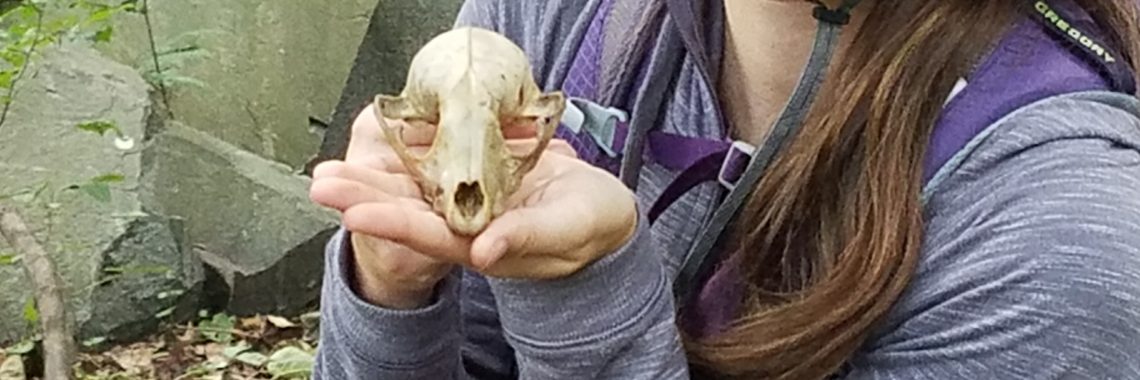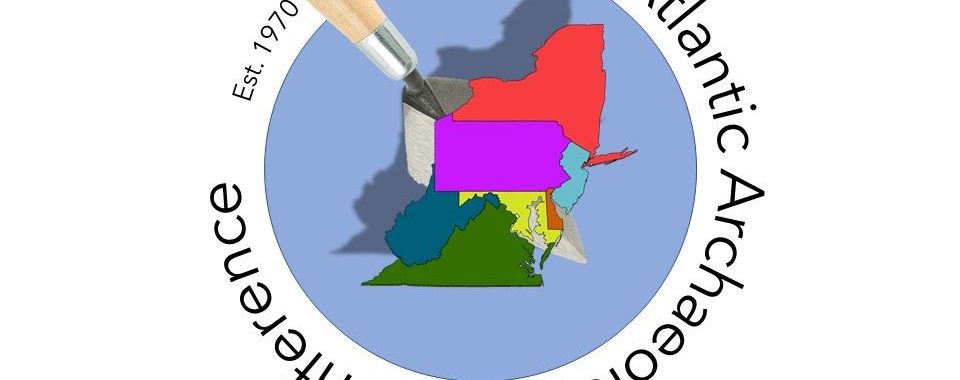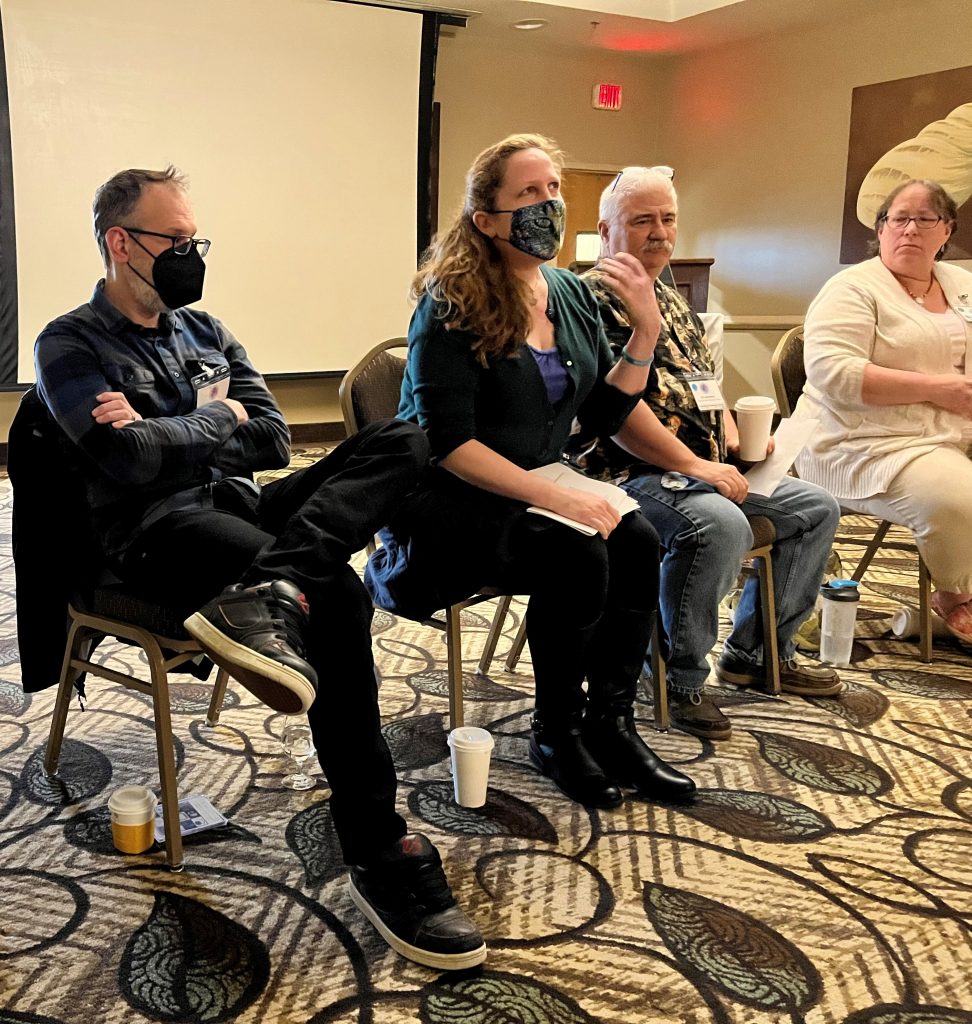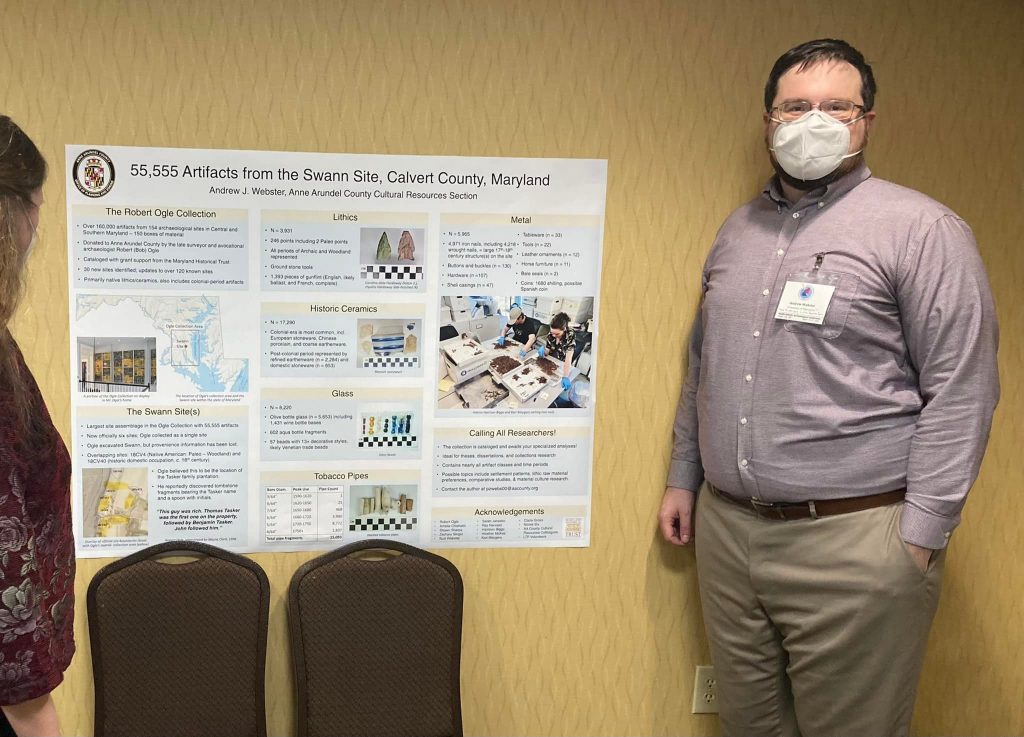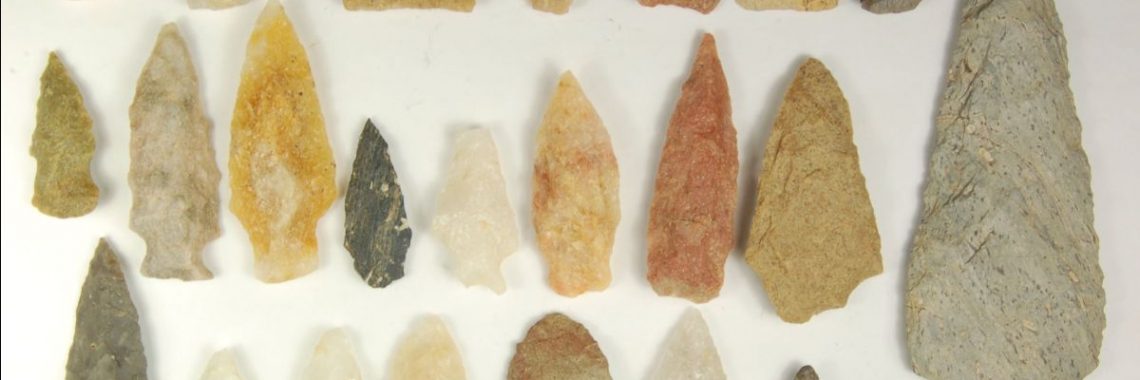Intern Spotlight: Nicole Six
This is the sixth in a series of posts highlighting our awesome summer interns!
“My name is Nicole Six, I have a BA in Archaeology and Ancient History from Durham University in the UK.
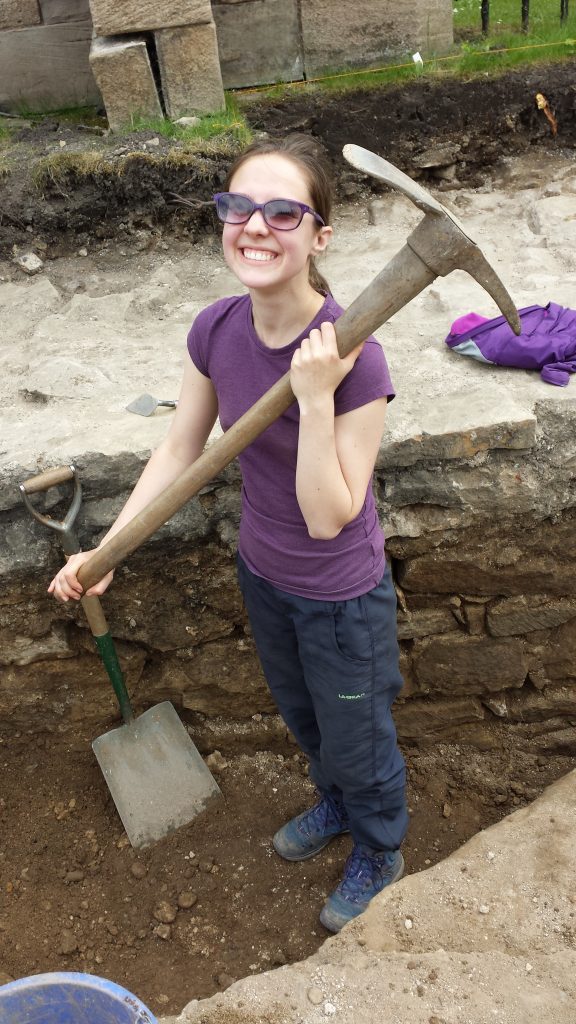
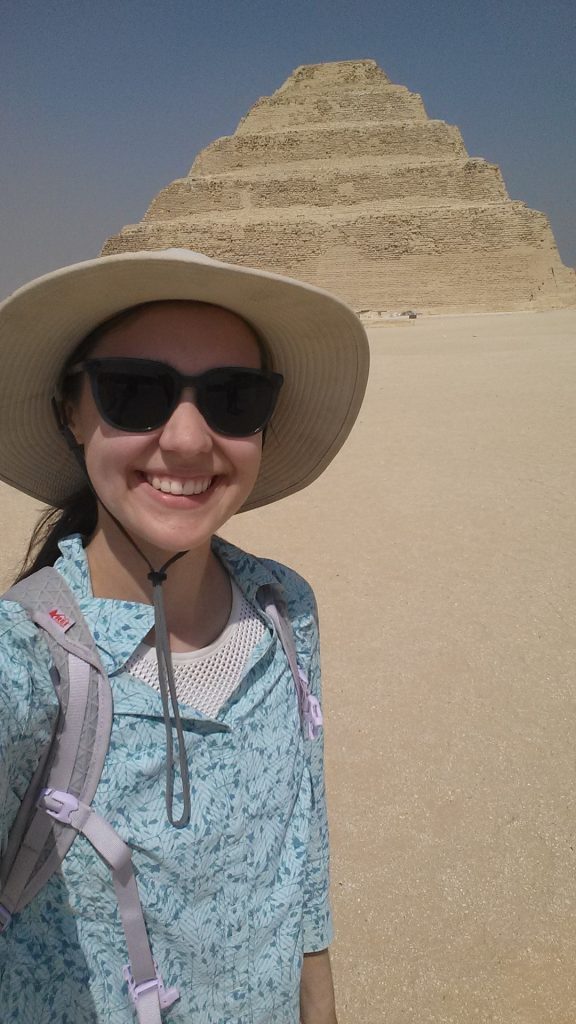
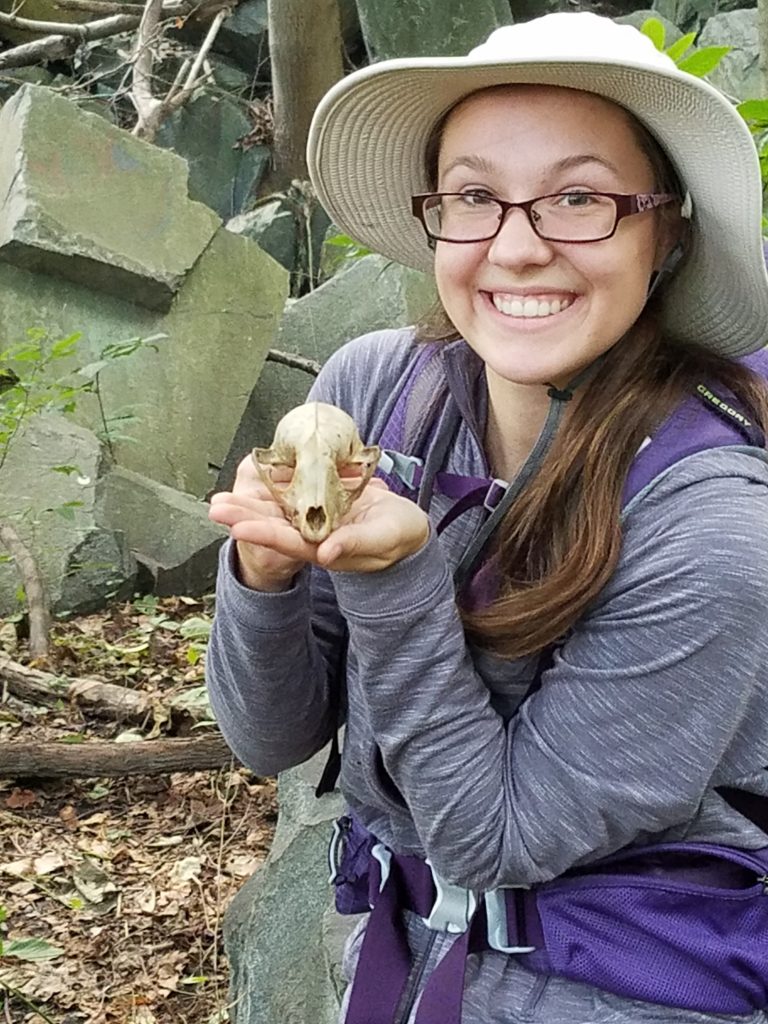
“I have a special interest in zooarchaeology so I’ve been identifying and cataloguing faunal remains from the Bob Ogle Collection. The remains date from the 17th century, and are mostly from livestock. I make note of the species, what type of bone, what part of the bone, the approximate age, and any notable features. For example, ‘left proximal femur of a non-adult cow, with butcher marks.’ After I finish this project I’m aiming to start a new project focusing on collections management within the museum.”
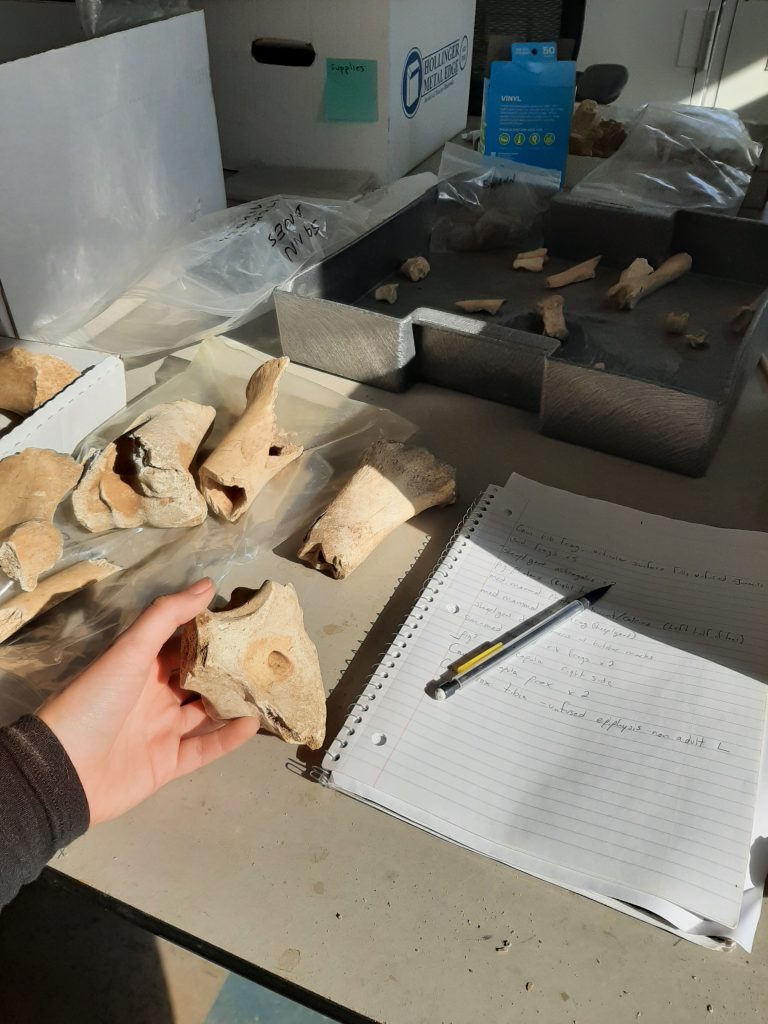
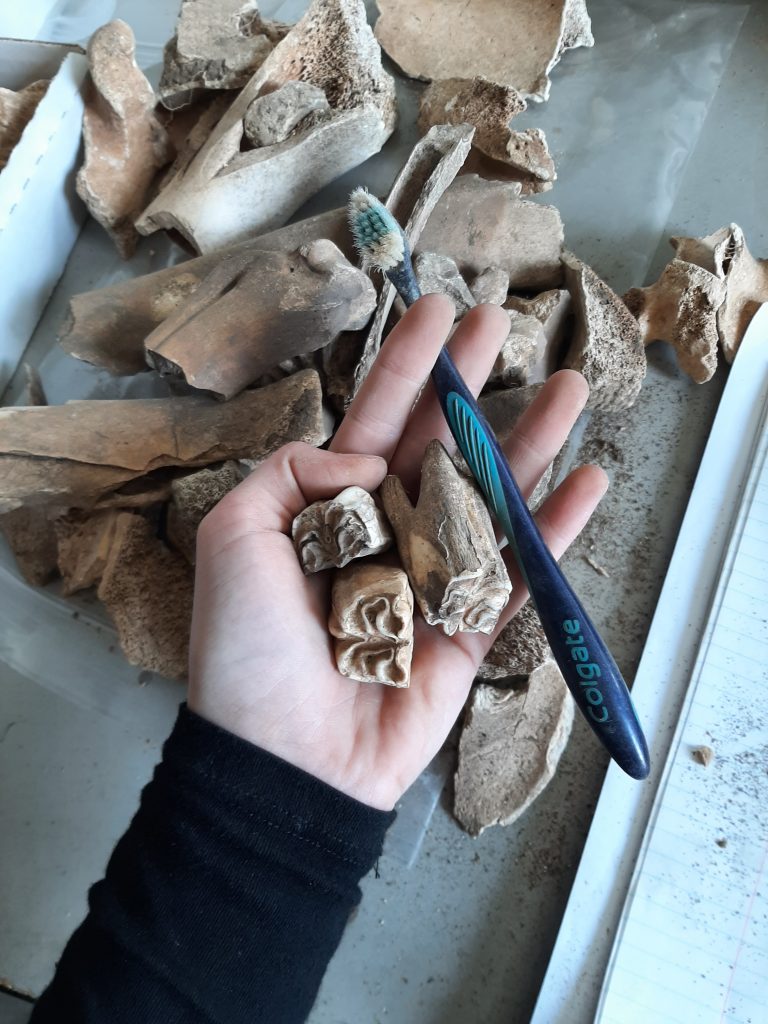
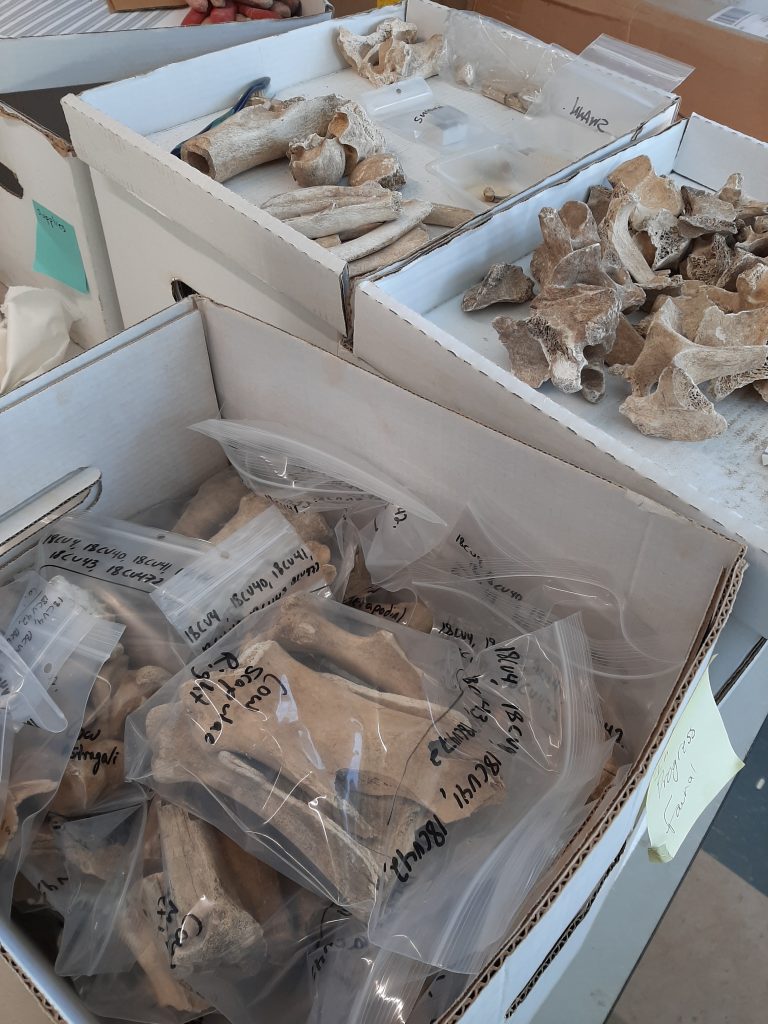
Thanks, Nicole, for sharing your expertise in all things animal bone!

Your support can help us provide internships to the next generation of archaeology and historic preservation professionals! If you are able, please consider making a tax-deductible internship donation to the Lost Towns Project today. Every contribution, no matter the size, makes a big difference in preserving local history. Thank you!

